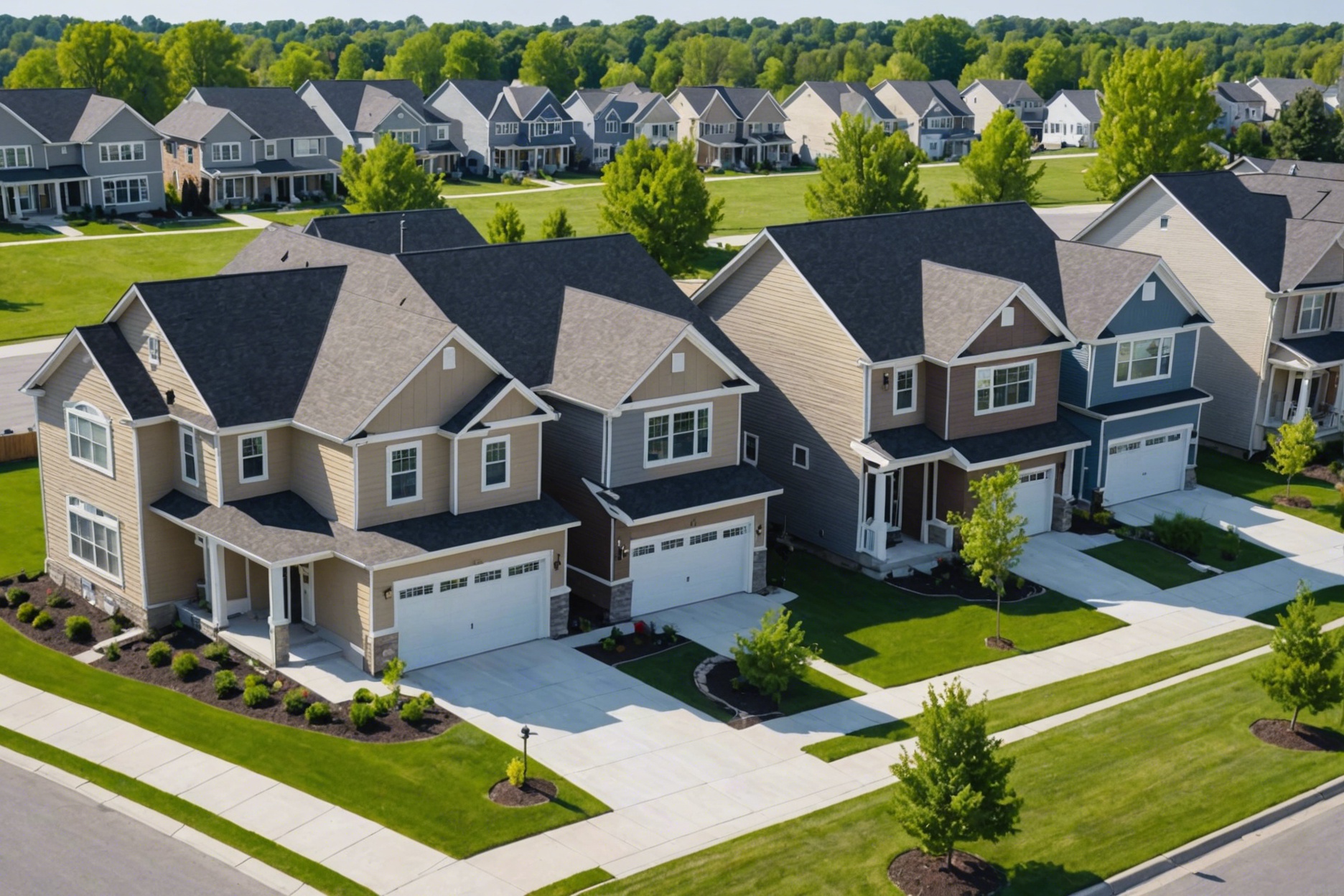SB9 in 2023: Comprehensive Update and Guide
- #General Remodeling

- Smooth Plaster Finish
- Shimmering Pebble Finish
SB9, effective from January 2022, allows California homeowners to split their lots and build up to four homes on one parcel to address housing shortages. However, its overall impact has been modest due to high construction costs and restrictive local government regulations.
Introduction to SB9 and its Impact on California Construction in 2023
- The California HOME Act, or Senate Bill (SB) 9, allows homeowners to split their lot and build up to four homes on a single-family parcel. It aims to increase housing by changing zoning laws.
- SB 9 was enacted to ease the creation of new homes by permitting lot splits and the construction of duplexes on subdivided lots, aiming to address the housing shortage.
- Despite its potential, the impact of SB 9 has been modest. Many cities report few applications for lot splits or new builds, with high construction costs and local government restrictions being major hurdles.
- The most activity under SB 9 has been in Los Angeles, with 211 applications for new units. Cities like Saratoga and Danville also saw more applications due to larger lot sizes and higher home prices.
- Experts suggest that SB 9 could be improved by establishing clearer state guidelines and more flexible local ordinances to better support homeowners and increase the law’s effectiveness.
- Compared to Accessory Dwelling Units (ADUs), which are smaller and have different regulations, SB 9 offers a broader approach to creating new housing units in urban areas. Learn more about new ADU laws in California to see how they can complement your construction strategy.

Key Provisions of SB9 for Homeowners and Builders
SB9, a law effective from January 1, 2022, lets homeowners in California build more homes on their properties. This law is aimed at increasing housing options and density while protecting renters and historic properties. Here are the key provisions:
- Lot Splitting: Homeowners can split a single-family zoned lot into two separate lots. This can double the housing potential on the same piece of land. For deeper insights, check out what you should know about lot splitting.
- Building Duplexes: On each of these new lots, homeowners can build a duplex. This means from one single-family home, the lot can potentially house four families.
- Streamlined Approval: SB9 simplifies the process to get building approvals. It cuts down on lengthy reviews and public notices, making it quicker for homeowners and builders to start construction. Learn about potential financing options for your ADU construction to better plan your project budget.
- Local Variations: The implementation and acceptance of SB9 can vary. Some California cities are more supportive than others, influencing how easily homeowners can use these provisions.
- Housing Impact: The Terner Center for Housing Innovation estimates that over 700,000 new homes could be built under SB9, significantly addressing California’s housing shortage.
- Comparison with ADUs: SB9 is different from Accessory Dwelling Units (ADUs). While ADUs are smaller and come with different rules, they are generally more accepted across cities. Explore ADU grant programs in Los Angeles for opportunities that may be available to you.
Understanding these changes can help homeowners and builders maximize property potential while adhering to new regulations.
Practical Examples and Case Studies of SB9 Applications
- Senate Bill 9 (SB9), known as the “duplex bill,” was ruled unconstitutional in Los Angeles County. It aimed to allow more multi-family homes on single-family lots but was challenged by cities like Redondo Beach and Carson because it didn’t reserve homes for low-income families.
- In its first year, SB9’s impact was minimal, with few applications for new housing units. High costs and local government rules were major hurdles. Los Angeles saw the most activity with 211 applications.
- Despite SB9’s goal to boost housing by letting homeowners split lots and build more units, its use has been limited. Cities expected to benefit most, like San Francisco and San Diego, saw little change. The law was intended to increase “invisible density” without involving big developers.
Explore our ADU construction services to understand how local regulations might affect your housing project. For more on enhancing your property, consider our hardscaping services.
By incorporating these links into the text, readers can easily access additional resources that are relevant to the content discussed, providing a richer and more informative experience.

FAQ
What is Senate Bill 9 (SB9), and how does it affect homeowners in California?
Senate Bill 9 (SB9), also known as the California HOME Act, was enacted to help alleviate the housing shortage by allowing homeowners to split their lots and build up to four homes on what was previously a single-family parcel. This legislation, effective from January 1, 2022, aims to increase the housing supply by changing zoning laws and simplifying approval processes for new homes.
How does SB9 differ from laws regarding Accessory Dwelling Units (ADUs)?
SB9 offers a broader approach compared to ADUs, focusing on increasing housing units by allowing lot splits and the construction of duplexes, potentially creating four homes on a single lot. In contrast, ADUs are typically smaller secondary homes on the same lot as a primary residence and come with different regulations. ADUs are generally more accepted and have been incorporated into urban landscapes more smoothly than the provisions under SB9.
What key provisions does SB9 include for homeowners and builders?
Key provisions of SB9 include:
- Lot Splitting: Homeowners can divide a single-family zoned lot into two, effectively doubling potential housing.
- Building Duplexes: Homeowners can build a duplex on each new lot, potentially housing four families where one previously existed.
- Streamlined Approval: The law simplifies getting building approvals, cutting down lengthy review processes.
- Local Variations: The acceptance and implementation of SB9 can differ by city, affecting how effectively its provisions can be utilized.
- Housing Impact: SB9 has the potential to significantly increase housing units, estimating over 700,000 new homes could be built under this legislation.
What challenges have been encountered with the implementation of SB9?
The impact of SB9 has been modest, largely due to high construction costs and stringent local government restrictions. Some cities have reported few applications for the new building permits allowed under SB9. In its first year, Los Angeles saw the most activity with 211 applications, but other cities expected to benefit, like San Francisco and San Diego, have seen minimal changes. Also, major challenges include the law’s acceptance varying significantly across different municipalities.
How have cities responded to SB9, and where has it been most active?
The most activity under SB9 has been observed in Los Angeles with over 200 applications for new units. Other cities like Saratoga and Danville have also seen more applications, largely due to larger lot sizes and higher home price incentives. However, responses have varied, with some cities like Redondo Beach and Carson challenging SB9 as unconstitutional due to its lack of provisions for low-income families, demonstrating the varied municipal reception and implementation.
Can SB9’s provisions be improved for better effectiveness?
Experts suggest that SB9’s effectiveness could be improved by establishing clearer state guidelines and more flexible local ordinances. This would support homeowners more effectively and potentially increase the law’s overall impact on addressing the housing shortage. Enhanced guidelines could help streamline the process further and encourage more homeowners to consider lot splitting and duplex building as viable options to increase housing density.









